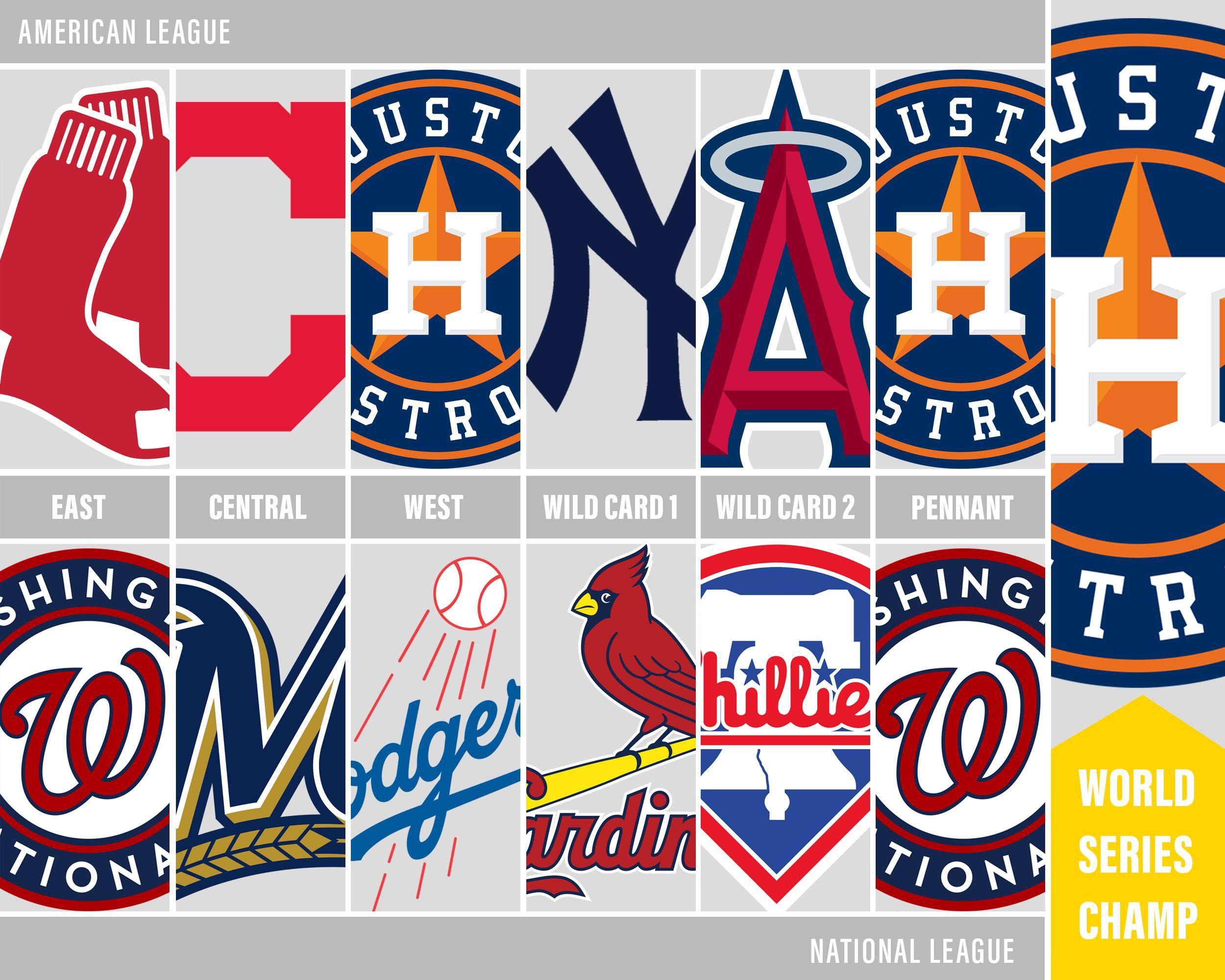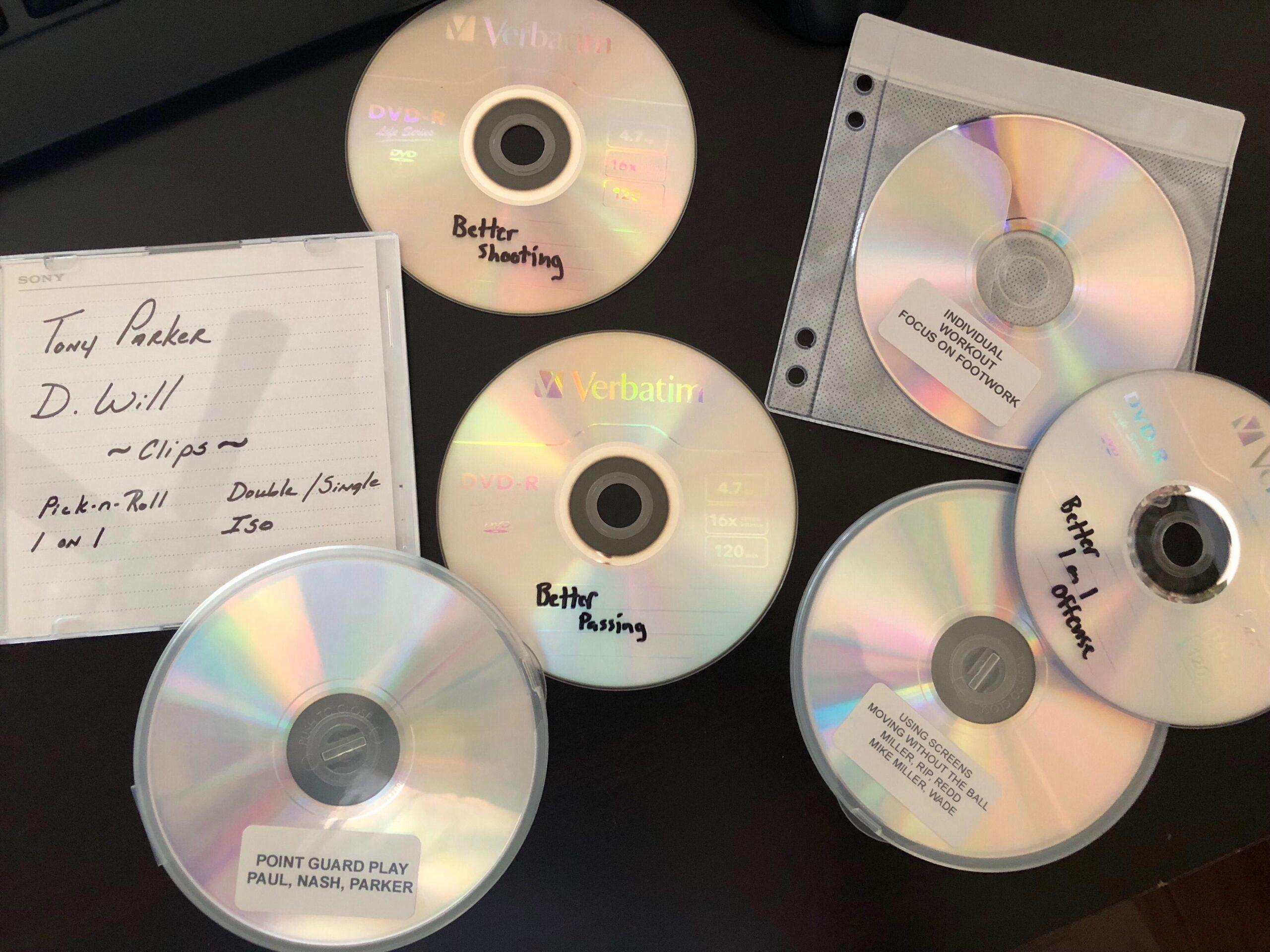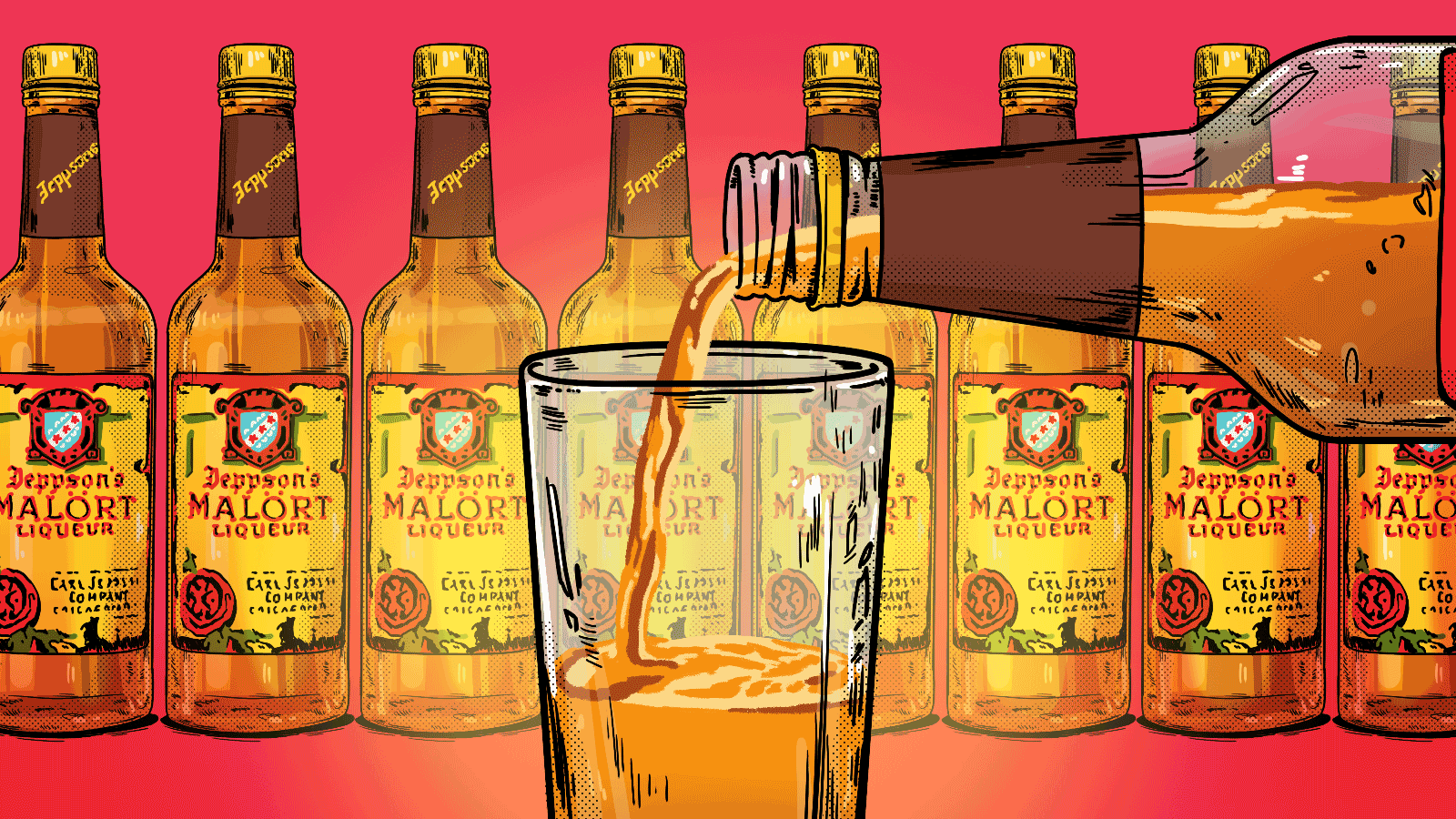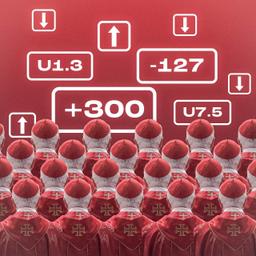Malört, Chicago’s Celebrated, Foul-Tasting Liquor, Is Returning to Its Ancestral Home
Describing Malört’s flavor profile is a favorite parlor game among Chicagoans. It was recently purchased by a local distillery that has not only pledged to return production to Chicago, but expand the noxious brew’s footprint to well beyond the Midwest.The first thing you should know about Malört is that, well, it’s bad. A Google search for it will direct you to the term “Malört face,” a query that will lead to a close-up montage of poor souls reacting to their first taste of the amber liquor: eyes closed, noses scrunched, jaws clenched, veins swelling out of foreheads, perhaps a tear trickling down a cheek in horror or disgust. This is pretty much the point.
For 85 years, Jeppson’s Malört has been a Chicago institution, one that has remained basically unchanged since Prohibition. It’s compared to absinthe, which shares its wormwood core, and to aquavit, which shares its Scandinavian lineage, but Malört isn’t like anything. Describing its flavor profile is a favorite parlor game among those who’ve sampled it. It tastes like earwax or a hornet’s nest or paint thinner or anger; in the words of the back label on the bottle, it is “bitter,” “unusual,” “full-bodied,” and “savored by two-fisted drinkers.” Its following in Chicago has all a cult’s hallmarks: an initiation ritual (see: the Malört face, frequently snarled by visitors who’ve trusted a Chicagoan to order for them), a secret handshake (the so-called Chicago handshake: a shot of Malört and an Old Style), and more than a few tattoos inked across diehards’ flesh. Malört is many things: a Midwestern tradition, a temperance loophole, and a passion project that became a life’s work that could become, maybe, a national phenomenon.
As far as life’s works go, however, Malört is a funny one, given that the longtime president of Carl Jeppson Co.—which makes one product (Malört) and for much of its recent history had one employee (the president)—doesn’t like it. The best and worst sales pitch for Malört might be this: When Pat Gabelick, 75, first got into the Malört business 52 years ago, she took one sniff of the stuff and decided it was not for her, a position she wouldn’t renege on for decades; all the same, she kept on selling it. There was always a bottle in the office, she says, but she steadfastly refused to try so much as a drop.
“I’m a white-wine person,” she says, uncorking a bottle one recent afternoon and setting down a pair of goblets.
Gabelick’s tenure with Malört has, at long last, come to a close. In September, she sold Carl Jeppson Co. and the Malört brand to CH Distillery, an upstart spirits manufacturer based in Chicago’s Pilsen neighborhood. CH cofounder Tremaine Atkinson is both an admirer of the liquor—he cradled a Malört bottle and proclaimed it “my new baby” during a November visit to CH—and something of a realist. “It’s like an alcohol punch in the mouth,” he says of Malört’s allure, or agony, or both.
Atkinson has grand plans for his new acquisition.
Since 1986, when the Chicago distillery that had been making it shut down, Malört has been produced outside the city. A brief stint in Kentucky ended when the bourbon company that was producing it decided it wasn’t profitable enough. In 1989, production of Malört moved to Auburndale, Florida, about 40 miles northeast of Tampa, but CH has pledged to return production of the liquor to its ancestral home and is already distilling test batches with the goal of making all of it in Chicago by the end of this year. At present, you can find Malört for sale through much of Illinois and parts of Wisconsin and Indiana, but beyond that you’re probably out of luck, short of having it shipped your way by a local liquor store. (A sample review at Binny’s Beverage Depot, where a 750-milliliter bottle goes for $17.99: “This literally tastes like throw up. That is not an exaggeration. The aftertaste is just about the worst thing I’ve ever had in my mouth OTHER than the aftertaste of vomit.”) For Chicago expats, it’s a frequent request for visitors from home to bring along a bottle in their suitcase. Just hope it doesn’t break on your clothes.
But if Atkinson has his way, much of what is made in Chicago will then depart the region. He’s charted an ambitious plan of expansion, one with stops in Milwaukee, Austin, and Seattle, cities where CH already has a presence and, says Atkinson, “college towns”: the sorts of places where you could imagine cringe-inducing shots being consumed on a dare.

Gabelick is now formally retired and ready to reflect on a life spent sending Malört out into the hands of ... somebody. “I admire people that love it because there have to be—there have to be people who love it,” she says, at something of a loss. “Because if it was just a rite of passage or something for tourists who come to Chicago, the volume wouldn’t have increased the way it has. There have to be people who love it. I just don’t.”
There are people who, improbably enough, do love it. Take Chicago native Wyl Villacres, who in 2014 won a contest sponsored by Carl Jeppson Co. to receive a Malört tattoo. (A line from his winning essay: “I drink Malört like Prohibition is starting again.”) “I had an ex-girlfriend swear to never date another man who drank Malört since it was all we drank when we went out,” he wrote to The Ringer. Villacres, who describes the flavor of the spirit as “like taking a bite of a whole grapefruit and then licking a 9-volt battery,” ended up with a palm-sized tattoo of the Malört crest—an elaborate, red-and-black affair with a riff on Chicago’s city flag in the center—above his left elbow. He says he’s fond of ordering rounds “particularly when someone from out of town visits—it’s like my version of taking someone to the Bean, taking a shot of Malört.”
I think the …I’m 75.” She pauses. “I want to call them hippies, but it’s not hippies. What do you call them?”
“Hipsters?” I ask.
“Yeah,” says Gabelick. “The hipsters.”
At Galway Bay, an underground dive mainstay where the above-ground neon sign announces “POOL / DARTS / GOLDEN T / MALORT,” one side of the wraparound bar is double-lined with shot glasses, which bartender Bill Rockenbach says he can go through in 10 minutes on a Friday night. Rockenbach says he once served a couple who came in together on Halloween and ordered shots. They did the shots—OK, on the count of three!—and suddenly the woman’s face stiffened. She had these beautiful gloves on as part of her costume, he says, which she clapped to her mouth. But it was too late. Up came the Malört, right into those beautiful gloves. The couple left together, Rockenbach remembers fondly. They seemed happy.
But there was a time not so long ago when Malört nearly went out of business, when Carl Jeppson Co.’s lone employee sat at Carl Jeppson HQ—her kitchen table—studying the sales figures and considering the simple fact that too few people wanted to buy this dreadful alcohol that she herself wouldn’t drink. Gabelick thought she might have to cork Malört for good.
Then something funny happened.
“I think the …” Gabelick trails off. “I always forget the word—I’m 75.” She pauses. “I want to call them hippies, but it’s not hippies. What do you call them?”
“Hipsters?” I ask.
“Yeah,” says Gabelick. “The hipsters.”
To understand Malört, you must first understand that to the man responsible for keeping it going, it was something of a joke.
In 1966, Gabelick, then 22 years old, saw an ad posted by a man named George Brode, who was looking for a legal secretary. “He was an attorney, and I thought I was going to work for a lawyer,” she says. She was, yes—but Brode was a lawyer with a professional hobby: liquor.
Brode graduated from Northwestern Law in 1933, but with the Depression raging, he went to work instead for his wife’s family business, D.J. Bielzoff Products Co., which had—until Prohibition, anyway—run a small distillery in the city. As the end of Prohibition loomed, Bielzoff, which had spent the intervening years importing grenadine, was prepared. Brode obtained one of Chicago’s first post-Prohibition liquor licenses and opened up shop at the southern tip of Rush Street, right alongside the Chicago River.
I was going to try to get a job transcribing medical records because I could not live on the money that Malört was making. Those people out there with the tattoos? I mean, we never encouraged it. I don’t know how it happened.Pat Gabelick
Malört came to the company by way of a Swedish immigrant named Carl Jeppson, who’d arrived in Chicago in the late 1800s from Ystad, a city in the country’s south. He’d fashioned Malört after the bitter spirits of Sweden and started selling the stuff as something of a cure-all—the word “malört” is Swedish for wormwood, sometimes used in digestifs out of a belief that the herb settles the stomach. This may have helped Jeppson skirt Prohibition: Legend holds that he was fond of offering suspicious, bootlegger-hunting Feds a taste of his wares, after which they could only conclude that no one would dare drink it recreationally. The exact details are murky, but sometime in the mid-1930s, shortly after Prohibition ended, Jeppson sold the recipe to Bielzoff, which carried on making it.
By the time Gabelick came on board, Brode was a practicing lawyer. But he wasn’t totally out of the liquor game: He’d bought out Bielzoff in 1945 and sold the distillery and all its brands—save one. Jeppson died in 1949, and, four years later, Brode launched Carl Jeppson Co., which made one thing: Malört.
Brode reveled in the divisiveness of the drink. “Our liquor is rugged and unrelenting (even brutal) to the palate,” read one version of the label, which also included a dubious statistic devised by Brode: “During almost 60 years of American distribution, we found only 1 out of 49 men will drink Jeppson Malört.” In its early years, the drink retained an air of its Swedish inventor’s medicinal promises: Gabelick told the Chicago Reader that a man once brought Brode a jar of kidney stones, whose passing he credited to his consumption of Malört.
Brode and Gabelick kept Malört going, with sales confined nearly exclusively to the Chicago area. Brode ran the business out of his Lakeview condo, gazing out from the 24th floor over Lake Michigan; Gabelick moved into the building across the street, so she could walk over and borrow Brode’s car whenever she needed. After Brode’s wife died, Gabelick and Brode got closer still. “We went to Germany at Christmastime and stayed in this little medieval walled town, where on Christmas Eve, the owner of the inn we were staying in had a party and brought children in and they sang ‘Silent Night’ in German,” she says. “The whole thing.” Did they ever talk about marriage in those years, I ask? “Yeah, I talked about it,” she says with a laugh.
Then, in the late ’90s, Brode got sick. So Gabelick packed up her things and moved across the street, where she cared for him until he died, in August 1999 at the age of 89. His obituary in the Chicago Tribune described him as both a liquor manufacturer and a “successful probate attorney” and noted that Malört, “an obscure liquor … known for its kick,” “can still be found in some Chicago liquor stores.”
With Brode gone, no one knew what would become of Malört; Gabelick says that neither of Brode’s sons was interested in running the business. So she did what she’s always done: She kept going. “I was the only one to do it,” she says, “so that’s what I did.”
Gabelick still lives in Brode’s old condo, and it’s there—up until September, anyway—she continued to hold meetings at the big round table off the kitchen, looking out over Lake Michigan.
But business in those early days alone was slow. As recently as the early aughts, Gabelick considered a change of career, enrolling in courses in computers and medical technology. “I was going to try to get a job transcribing medical records because I could not live on the money that Malört was making,” she says.
“Those people out there with the tattoos? I mean, we never encouraged it. I don’t know how it happened.”
As it turns out, how it happened—how Malört got big—is a lot like how Malört got started in the first place: Really, it all started as a joke.
In 2009, Gabelick got a call from a Chicago Reader reporter named Mike Sula. “Malört was starting to pick up a little bit,” Gabelick says. “And he said, ‘I’d like to take you around to a few bars and show you what it’s becoming—they’re making drinks with Malört and everything.’”
“I didn’t really get it at the time,” she says. “I thought, OK, I’ll go with you. But he was trying to show me what was happening to Malört. And that was kind of the beginning.”
The resulting story, “Shot of Malört, Hold the Grimace,” depicts the varied, and varyingly successful, attempts of six Chicago bartenders to win over Gabelick with her wares. (She favored the Hard Sell at Bar DeVille: “equal parts Malört, Beefeater Gin, St-Germain elderflower liqueur, and fresh-squeezed lemon juice, with a grapefruit peel twist,” according to the Reader.)
I mentioned that there was this thing called Malört, but no one actually drinks it. It’s that dusty bottle that hasn’t been touched for 25 years at the end of the bar. And I was like, ‘But I hear the hipsters are drinking it, and we should just bring it in for shits and giggles.’Josh Saltzman, Ivy and Coney cofounder
Malört had long been a popular drink of choice among workers in Chicago’s service industry, where it was favored as a kind of 3 a.m. shibboleth—not to mention a cheap one. Around the start of this decade, as the mixology craze swept through the city, bartenders across Chicago began to add Malört to their menus in ambitious ways. It became a challenge for bar hands who’d long slung the über-bitter shots: Could you make Malört into something good—maybe even something delicious? Cocktail bars that previously might have looked down their noses at the liquor started working it into elaborate concoctions—into mai tais, into margaritas, into negronis.
In 1999, when Brode died, Carl Jeppson Co. sold 1,600 cases—a pretty good year for the company. From that mark came a sudden growth spurt. Though Gabelick had altered next to nothing about the way she was running the business—marketing was generally an afterthought, and at the time the company didn’t so much as have a website—Carl Jeppson Co. sold 3,200 cases of Malört in 2012. The following year, it was 4,500 cases. By 2017, it was more than 10,000.
Bars and restaurants rushed to release their own Malört cocktails. Pub crawls ensued. The Wall Street Journal wrote in 2012 of a spirit rising “despite bitter reviews”; a recent story in Vice called the drink “malicious,” “maligned,” “beloved,” and “disgusting”—all in the space of the headline.
In late 2013, Josh Saltzman was preparing to open a bar in Washington, D.C. Saltzman, who grew up in Chicago’s Rogers Park neighborhood, and his business partner, Detroit native Chris Powers, imagined it as a combination Chicago-Detroit watering hole, someplace they could drink beer and watch the Cubs and Tigers play.
“I mentioned that there was this thing called Malört, but no one actually drinks it,” Saltzman says. “It’s that dusty bottle that hasn’t been touched for 25 years at the end of the bar. And I was like, ‘But I hear the hipsters are drinking it, and we should just bring it in for shits and giggles.’”
As their opening date loomed, Saltzman and Powers decided to order some for the bar, Ivy and Coney (after the Wrigley Field outfield wall and Coney dogs, respectively). “We didn’t actually think that people were going to drink it,” Saltzman says. After a series of calls to Gabelick, Saltzman says he convinced her to get the requisite licensing to sell in D.C., in part by offering to have Ivy and Coney’s liquor distributor fill out all the paperwork for her. (“They were just begging for it,” Gabelick says.) She agreed eventually but insisted they purchase a full pallet’s worth—a solid cube of 12-bottle cases, roughly the height of a person. The bar’s distributor made clear that if Ivy and Coney didn’t sell all of it by the end of the year, they’d get whatever was left over plus the corresponding invoice left on their doorstep.
And then, to Saltzman’s enduring amazement, people drank it. They drank so much, in fact, that—helped by a handful of other D.C. bars that soon picked up the liquor—their supply ran dry in seven months. “People want to challenge their friends, or they’ve had it and they know one of their friends hasn’t had it,” Saltzman says. “I used to laugh every time someone would order it and I’d see that first-Malört face. It’s priceless.”
They now go through two cases a month.
With Malört’s new popularity came enterprising enthusiasts.
In 2011, Sam Mechling helped run a comedy show at a Chicago bar where audience members were given a shot of Malört in between sets. The shot came with a request: that audience members either write down a description of what Malört tasted like or else make up a slogan. Mechling dubbed it the “Malört challenge.” He finished each show by reading the five best slogans and descriptions back to the crowd; it would get one of the evening’s biggest laughs. (His personal favorites: “like a baby Aspirin wrapped in grapefruit peel, bound with rubber bands, soaked in well gin” and “like driving through Gary, Indiana, in a convertible with your mouth open.”)
At the time, Malört had no discernible online presence, much less one on social media, so Mechling registered an account on Twitter: @JeppsonsMalort. It was there, with his avatar set to a picture of a Jeppson’s bottle, that Mechling started posting Malört jokes, including regular missives from the Malört challenge. “Malört: Tonight’s the night you fight your dad,” Mechling-the-Malört-bottle wrote. Or: “Malört: How to unfriend someone in person.” Hundreds of people, then thousands, followed the account.
Another enthusiast inspired by the Malört boom was Brenton Engel, the founder of Chicago’s Letherbee Distillers. In 2012, Engel and Robby Haynes, then the bar manager at the much-lauded Violet Hour cocktail bar, collaborated to create a highbrow variant of Malört, which they dubbed R. Franklin’s Original Recipe. The Letherbee edition is markedly, and intentionally, different than the Carl Jeppson Co. spirit: The flavor is much smoother, more syrupy, and several orders of magnitude sweeter. It’s much more alcoholic to boot, and an absinthe-y shade of green. “Jeppson’s likes to talk about being a two-fisted whatever, but it’s like Diet Pepsi compared to this,” Engel says, proudly.
But Carl Jeppson Co. wasn’t interested in there being other kinds of Malört. Malört, in Gabelick’s view, was just Malört, sold under the red-and-black crest and three-starred flag. But to protect the brand from pretenders, she needed to trademark it. The U.S. Patent and Trademark Office denied Jeppson’s initial petition. For the appeal, Jeppson’s followed up with a history of the spirit, offering press clippings and affidavits from 22 different bartenders, who all attested that the word “Malört” specifically referred to the Carl Jeppson recipe. “The only reason Malört is considered as an alcoholic beverage is because of this product,” a Jeppson’s lawyer told Chicago magazine. The trademark was granted in October 2013; in emails these days, Gabelick refers to it exclusively as “Malört®.”
Faced with this onslaught—“basically, they threatened to sue us till we went bankrupt,” says Engel—Letherbee threw in the towel. The distillery continues to sell R. Franklin’s recipe marketed under the name “besk”: Swedish for bitter.
As for Mechling, he made what seemed to be a fairly bad mistake: He started selling merch. “Sam had been selling Malört T-shirts—illegally,” says Gabelick. Her attorney was prepared to file a cease-and-desist against Mechling’s fledgling operation, but after meeting him, she had a change of heart: Instead of suing him, she hired him. He became her only employee, working part-time to help out, mostly on the promotional side—a task that entailed, among other things, continuing to run Jeppson’s social media channels in much the same way that he had been, cracking jokes about the spirit’s odious appeal just as Brode had years before.
When Tremaine Atkinson, Malört’s newly minted owner, took his first sip of the stuff, his response was: “What the fuck was that?” He didn’t try it again for years. “Welcome to Chicago,” he says.
“Can you smell it?” Atkinson asks one afternoon, looking mischievous. Atkinson has a ready smile and a sommelier’s take on CH’s noxious addition. When I ask him to describe the flavor of Malört, he offers both a “serious” version (“To me it’s got a really nice, earthy, almost slightly nutty, almondy, bitter finish on it that lingers for, like, 10 minutes”) and a more standard one (like “biting into a grapefruit followed by sipping gasoline”). Atkinson worked in finance in the Bay Area before moving to Chicago in 1998, where he worked for a while at an asset-management firm. Then he decided to make his home-brewing hobby into a second career. But the brewery space was crowded, he says. He approaches spirits with an econ major’s approach to markets: “I thought just as a business proposition,” he says, “it seemed like going the distillery route might be a better business opportunity.” He and his cofounder, Mark Lucas, began by making vodka in 2012, and the CH offerings grew from there.

One day in November, Atkinson stood in the midst of CH’s 50,000-square-foot Pilsen distillery beside a cluster of gleaming 18,000-liter tanks, in which untold hangovers’ worth of vodka and gin, CH’s marquee products and bestsellers, sit quietly fermenting. But he’s most interested in showing me a pile of cardboard boxes in the far corner containing the ingredients needed to make Malört—if only from a distance. He stops me 30 feet away and tells me to put away my camera; any closer, he says, and I might be able to see the contents. But one component needs no more proximity than that: the pungent, licorice-y, vaguely dangerous-smelling scent of wormwood.
Malört’s recipe is a secret—“it’s like the Coca-Cola formula,” Atkinson says. Apart from the presence of wormwood, which is sourced from a single botanical house in Switzerland, and Atkinson’s insistence that grapefruit, a frequent flavor comparison, plays no part, little is known about what, exactly, goes into it. Ask about anything else sold by CH, and you’ll get something approaching a TED Talk; with Malört, Atkinson won’t even say how long it takes to ferment. “You seem like a nice person, and we don’t want you to be dead,” Atkinson says of his reluctance to show me the recipe. “We would have to kill you.” (Letherbee is more open about his formula: Dump satchels of wormwood, grapefruit rinds, and assorted spices into a vat of 95 percent pure grain alcohol, steep for two weeks, filter, water down, sweeten with beet sugar, and voilà.)
It ain’t broke, so we ain’t fixing it.CH Distillery cofounder Tremaine Atkinson, on Malört
In late 2017, Gabelick began to contemplate retiring—all those years of paperwork, she says, had gotten to be a bit much. She knew Atkinson and CH; a few years earlier, the distillery had approached her about a collaboration. She’d said no, but kept the distillery in mind. When she and Atkinson started talking in earnest about a potential acquisition, part of what attracted her was the prospect of bringing Malört production back to Chicago. In the end, Gabelick spoke to no other Malört suitors; Atkinson says they reached “a mutually agreeable number” for the purchase.
As negotiations got underway, Atkinson guessed about what might be involved in the Malört distilling process, trying out different homespun variants. “There’s maybe nothing worse than a bad version of Malört, and I made some,” he says.
The deal with Carl Jeppson Co. closed in September and was finalized over email. Gabelick forwarded the recipe to Atkinson, who eagerly opened it. “Did the angels sing?” I asked him.
“No,” he says. “They cried.”
CH Distillery intends to keep making Malört using the original recipe: “It ain’t broke, so we ain’t fixing it,” says Atkinson. But, still, there will inevitably be some changes. “There’s some interpretation in the recipe,” Atkinson concedes. “It is not 100 percent clear exactly about everything.”
Malört drinkers have long described an unpredictable variability between batches, that there are “good bottles”—ones whose contents might be relatively smooth, perhaps bordering on drinkable—and “bad bottles,” which are more along the lines of jet fuel and thumbtacks. This, Atkinson says, is a real phenomenon, mostly because the Switzerland-sourced wormwood is a natural ingredient, meaning crops from season to season will inevitably taste a little different. Add to this the odds that a given bottle might have been sitting on a bar shelf for who-knows-how-long—“decanting,” a CH employee says—and, well, you never know what you’re going to get.
As CH set about making its first batches of Malört with the official Jeppson’s recipe, Atkinson kept feeling that something was off. He would sip it, rolling it around his tongue and tasting for dimensions in flavors, as he would any other spirit. Then he realized what was wrong: To drink Malört, he needed to take it as a shot. He started shooting it, and, wincingly, there it was.
The plan for Malört is this: shots. With the acquisition of Carl Jeppson Co., Mechling joined CH Distillery full-time. He will be part of the crew that takes Malört to the cities and college towns where the distillery hopes to spark new followers, trying to crack the riddle of how to sell a very Chicago thing far away from Chicago. Much of the strategy, Mechling says, will be a door-to-door, bar-to-bar, effort: “swinging a bottle of Malört and saying, ‘Hey, do you know about this stuff?’”
In this, Mechling might lean on his years of bartending bona fides. “‘You have a customer here who’s kind of a dirtbag,’” he imagines asking, “‘Who’s always got his hand out looking for something for free?’ And usually, his name’s Dave or something like that. Then it’s a plaything for that bartender, and they can do shots with it, and every 10th person they give it to likes it without irony at all. And then it grows from there. It’s more of a ritualistic thing for them. It’s a rite of passage.”
Malört’s ambitions might be compared to those of another bitter liquor that’s become a highbrow favorite: Fernet. An amaro of Italian origin, in the United States the liqueur was long a niche passion. As with Malört, its stateside consumption was heavily concentrated in one city—San Francisco—where it, too, was especially beloved within the service industry. In recent years, it’s become a favorite cocktail ingredient in bars across the country. But CH would settle for Jäger: a stunt shot, the sort of thing you’d challenge a friend to try. Maybe even one you could see yourself documenting, snapping a photo of the shell-shocked, mouth-puckered moments after the thing burns its way down the hatch.
People keep telling Pat Gabelick to go on vacation. She thought about it for a while—she’s always wanted to see Africa and considered going on a safari, but then her sister-in-law went on one and saw some lions eating an antelope. Gabelick doesn’t think she’d want to see that herself. She’s an animal lover.
Her plans, for now, are to get her life in order, she says—swap out some old kitchen appliances, clean out some overcrowded closets, box up all these decades of Malört documents. If she’s honest, though, she’s mostly grateful for the peace of mind. If someday, when she’s older, she needs to go into assisted living—God forbid, she says, but still—she could.
“I would have the funds to do that,” she says. “I never thought I would before. It sounds crazy at your age, but it is a fear. We don’t know what’s going to happen. Who knows? I don’t know.”
Gabelick never married, never had kids. Malört was a job, yes, and often a stressful one. But it also brought so much joy.
Gabelick went to the dentist a few days before we met. She was at the front desk, rounding up her deposit, and the young woman behind the counter asked her what she did for work. “I said, ‘Oh, I’m retired,’” Gabelick says. “And she said, ‘Well, what did you do?’”
So she asked: “Do you know what Malört is?”
“AAHH!” Gabelick mimics the woman’s reaction. “She screams! Malört! See, I miss that. That’s the part I liked—talking to people about it. So that part I miss.”




